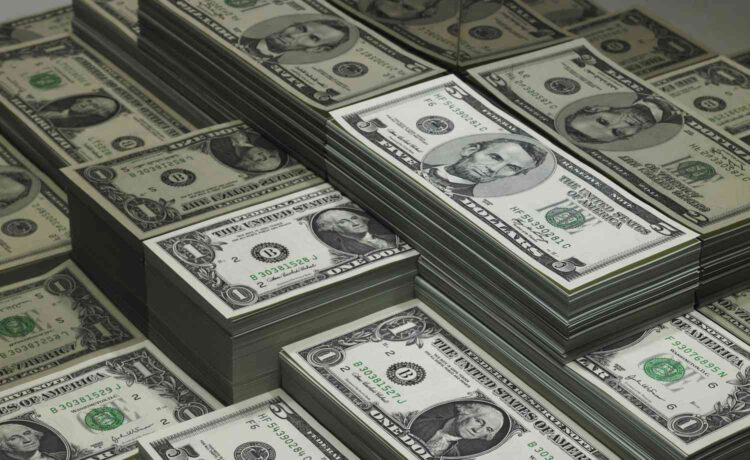A country with a strong economy will attract investment from around the world. Investors will perceive safety and the ability to achieve an acceptable rate of return on investment. Since investors seek out the highest yield, an increase in investment, particularly from abroad, creates a strong capital account and a high demand for U.S. dollars.
Key Takeaways
- The U.S. dollar has been a reserve currency for international trade and finance.
- Like any other fiat currency, the dollar’s value depends on the economic activity and outlook of the United States.
- In addition to supply and demand and market factors, sentiment influences the dollar’s value on the global market.
What Affects the Dollar’s Value?
American consumption through imports of goods and services from other countries causes dollars to flow out of the country. If U.S. imports are higher than exports, the country will have a deficit in its current account.
With a strong economy, a country can attract foreign capital to offset the trade deficit. That allows the U.S. to continue its role as the consumption engine that fuels world economies, even though it’s a debtor nation that borrows this money to consume. This also allows other countries to export to the U.S. and keep their economies growing.
When the dollar is traded, three factors can drive its value, including supply and demand, market sentiment, and technical market data.
Investopedia / Alex Dos Diaz
1. Supply vs. Demand
When the U.S. exports products or services, it creates a demand for dollars because customers need to pay for goods and services in dollars. Global consumers convert local currency into dollars by selling their currency to buy dollars to make the payment.
When the government or American corporations issue bonds to raise capital and bonds are purchased by foreign investors, those payments are made in dollars. This also applies to the purchase of U.S. corporate stocks from non-U.S. investors, requiring foreign investors to sell their currency to buy dollars to purchase those stocks.
Safe Haven
A safe haven is an investment expected to retain or increase value during market turbulence. The U.S. dollar is considered a haven during times of global economic uncertainty, so the demand for dollars often persists despite fluctuations in the performance of the U.S. economy.
2. Sentiment
When foreign investors buy back their local currency due to market turbulence, it dampens the dollar. Increasing unemployment may weaken the U.S. economy, and consumption may slow. The U.S. may face a dollar sell-off, where global investors return the cash from the sale of bonds or stocks to return to their local currency.
Investment banks and asset management firms analyze trends and often determine the general economic sentiment. Sentiment will often drive the market rather than the economic fundamentals of supply and demand.
3. Market Indicators
Traders gauge whether the supply of dollars will be greater or less than the demand. To help us determine this, they pay attention to news or events that may impact the dollar’s value. This includes various government statistics, such as payroll data, GDP data, and other economic information.
Traders also review historical patterns generated by seasonal factors such as support and resistance levels and technical indicators. Many traders believe that these patterns are cyclical and can be used to predict future price movements.
What Causes the U.S. Dollar to Rise?
When demand for the dollar increases then so does its value. Conversely, if the demand decreases, so does the value. The demand for the dollar increases when international parties, such as foreign citizens, foreign central banks, or foreign financial institutions demand more dollars. Other factors that influence whether or not the dollar rises in value in comparison to another currency include inflation rates, trade deficits, and political stability.
What Factors Influence the Exchange Rate?
Factors that influence the exchange rate between currencies include currency reserve status, inflation, political stability, interest rates, speculation, trade deficits and surpluses, and public debt.
Can the U.S. Government Determine the Value of the Dollar?
The U.S. Treasury and the Federal Reserve cannot dictate the value of the U.S. dollar. The value is determined in foreign exchange markets. However, as the value shifts on the exchange, the movements help the Fed determine monetary policy.
The Bottom Line
Traders can follow the Dollar Index chart to see how the dollar fares against other currencies. A trader can develop a sense of the flow of dollars and form an insight on how best to select profitable trading positions by watching the patterns on the chart and listening to the major fundamental factors that affect supply and demand.

